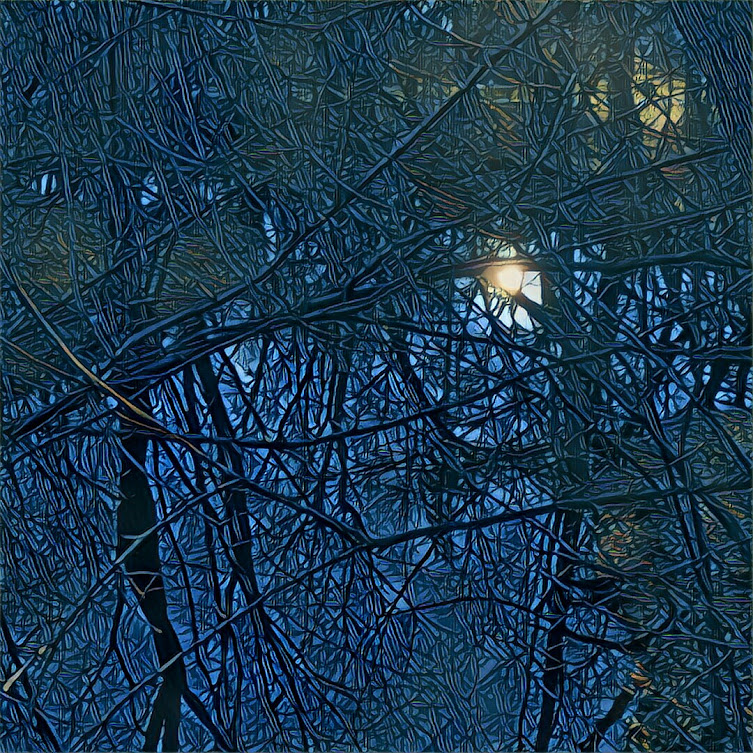I fed some baby birds today. Can't stop smiling.
During my first day as a volunteer in the Avian Nursery at Wildlife Rehabilitation Center, I also laundered and folded piles of towels, pillowcases and cage liners. At any given time, WRC has about 600 volunteers, as well as vets, vet techs and interns. So the walls and doors are covered with signs and instructions. "Take blue washcloths and gloves with rubber dots on to the Bat room." "Put small squares of fleece in a clean basket and take them to the mammal nursery." "No entry without rabies vaccination."
An intern with a gift for teaching showed me how to read the charts at each cage. How to angle the feeding syringe so the food goes down the right side. How to catch a bird who escapes. And the way to hold a small bird who has not been gaping in one hand, and ever-so-gently-and-patiently coax open its tiny beak with a finger, to make sure it gets some nourishment.
I fed bright-eyed House Sparrows, Cedar Waxwings, Barn Swallows and one young Jay whose feathers are just blueing-up (he got mealworms). These were amidst cagefuls of American Robins, doves and Bluebirds who were self-feeding and were getting ready to move into the flight area.
When some of them were hungry (mostly the brash sparrows), they flew right up to the bars and thrust their beaks through, jostling each other out of the way. Other species, like the barn swallows, stayed on their perches until fed, and once they'd had enough they hopped back into the corners of their cages, far from the scary hand with the syringe.
The trio of Chipping Sparrows were especially precious...tiny, soft-colored and exquisite, cuddled close to one another on their perch. We use a fine tip on the syringe to feed them. Here is a photo of one Chipping Sparrow fledgling who's a bit older (not taken at WRC):
I am beaming, really. Given this godawful heat wave, it was uncomfortably warm in the nurseries and laundry room...and the smell issuing from the waterfowl room gave the hallway quite a pungent aroma...and you don't know from dirty laundry until you've gone through a load of soiled cage liners.
But what a fine way to spend four hours.
Strange how you define yourself. Over the years, I've expanded into an identity as an animal and nature person, a creative person, a person who writes, a reading person. I never saw myself as a "medical" or "technical" or an "applied sciences" kind of person. I've fallen into the dichotomy trap, I see. We are much more complex than that. What I do is not who I am. Who am I, who are any of us, to be summed up so easily, hemmed in by fear, clinging to our egos for identity?
Maybe we are all more like prairies. “True prairies and meadows contain plants that are far more densely packed than any designed border. This density gives them a resilience that designed borders lack…. True prairie is a dynamic plant community, with its own rules and trajectory, very poorly understood even by ecologists,” writes Noel Kingsbury in a book on natural-style gardening I’m reading right now.
I feel freer, letting go of even the least part of these limits with which I seem to have been holding myself back. Small ones now...perhaps larger ones to come. I hope so. The truth is that I am changing to become more myself all the time. The paradox of that? The more we become ourselves, the more we seem to lose need of our carefully constructed identities, a thought that rings a gong inside of me every time I encounter it. Rob Brezsny was today’s guru, posting this to his Facebook page:
“There is only One Being: the Living Intelligent Consciousness That Pervades Every Cubic Inch of the Universe. Every seemingly separate thing, from earthworm to human being to star, is a cell in the body of this One and Only Great One.
“All of us cells feel pain as long as we have forgotten we are part of the One. But the forgetting was an essential rule that the One set up to begin the master game. Because of our illusion that each of us is alone and separate, we are under the impression that we must become distinctive and unique. As we work to create ourselves, adding intricate modifications to what we started out as, we give joy to The One, expanding and deepening the meaning of the master game.
And when I got home from feeding the little bright-eyed ones, I found that the first of my monarch butterflies had emerged from her chrysalis, and hung suspended between one stage of her journey and the next, breathing.
Prairie restoration photos: Mississippi National River and Recreation Area, Coldwater Spring.
















No comments:
Post a Comment